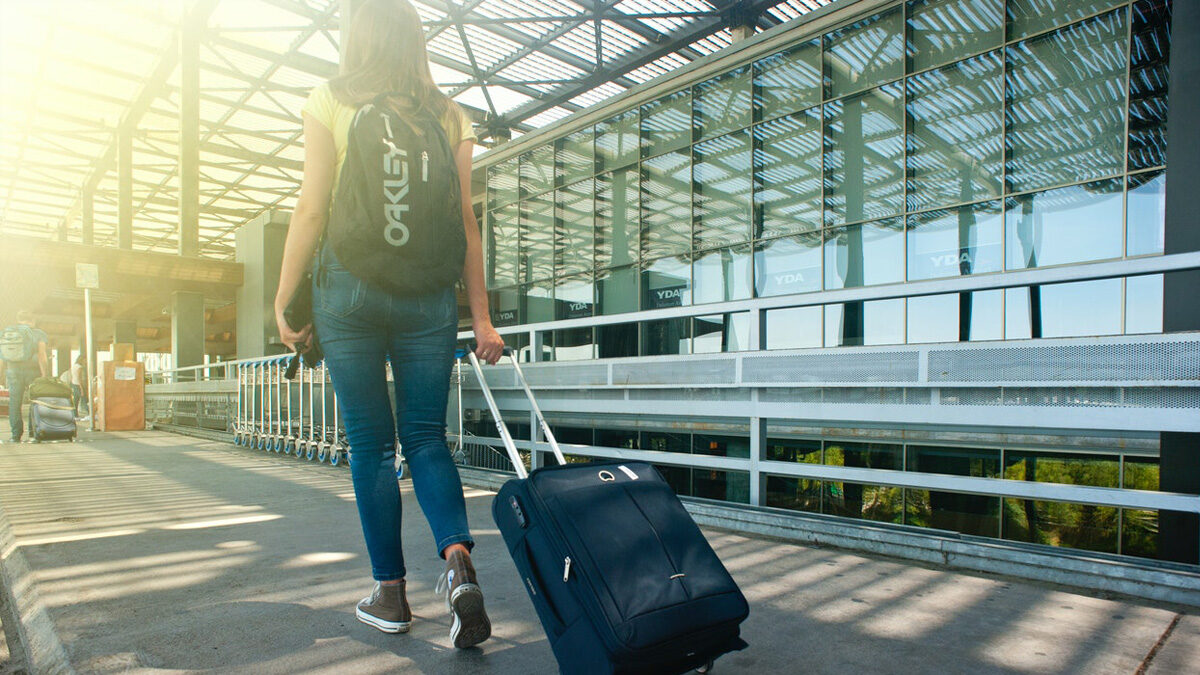April 1st, 2022, marked the 20th anniversary of the establishment of the Canadian Air Transport Security Authority (CATSA). Established in response to the U.S. terrorist attacks on September 11, 2001, CATSA safeguards the security of air travellers and their belongings by monitoring the activities of all personnel accessing Canada’s 89 designated airports.
Twenty years ago on April 1st, 2002, the CATSA Act was established by the Government of Canada. As a Crown corporation, CATSA is responsible for several core aviation security functions in Canada, including ensuring consistency in the delivery of assigned security screening services. With the swift collaboration of Transport Canada and other industry partners, CATSA has continued to provide the highest level of security and efficient passenger experience.
“CATSA was established by a team of very talented and dedicated people, and it shows in what we’ve been able to accomplish over the past 20 years. A tremendous amount of work has gone into developing new programs and initiatives to keep air travellers secure during that time. I’m proud of the resolve, ingenuity, creativity, and hard work that our employees have continually demonstrated, especially over the last two years, and I have no doubt this will serve us well as we continue to secure and support the Canadian air travel industry,” said Michael Saunders, President and Chief Executive Officer of CATSA.
“CATSA’s success has been built on a foundation of strong partnerships, insightful strategic direction and good governance. The critical importance of our partnerships is reflected in the composition of our Board, which includes members from the airline and airport industries. We look forward to continuing to work with our partners to enhance public confidence and trust in CATSA. On behalf of the Board, congratulations to all CATSA’s employees and the front-line screening personnel on reaching this significant milestone,” added Marguerite Nadeau, Chairperson of CATSA’s Board of Directors.
CATSA’s two-decade long commitment to safety is clear upon understanding their four main responsibilities:
1. Pre-board screening – Screening passengers, carry-on bags, and belongings before they enter the secure area of an airport terminal building.
2. Hold baggage screening – Searching checked or hold baggage for banned items (i.e. explosives and other contraband) before they are loaded onto an airplane.
3. Non-passenger screening – Screening non-passengers and their belongings (including vehicles), upon entry in restricted areas of the aerodrome.
4. Restricted area identity card (RAIC) – Iris and fingerprint biometric identifiers allow non-passengers access to restricted areas. However, final authorization to these areas is determined by airport authority.
The Minister of Transport, the Honourable Omar Alghabra, also shared his thoughts on the federal Crown corporation’s longstanding history:
“For the past 20 years, CATSA has played a crucial role in safeguarding the security of air passengers. As CATSA continues to deliver its mandate, the Government of Canada remains committed to a transportation system that is safe and secure, and will continue to collaborate with CATSA to this end.”
Twenty years after its creation, CATSA is looking back on the work accomplished by its personnel and the invaluable contribution of regional service providers across Canada. Its ongoing commitment to professionalism and operational excellence, along with the implementation of innovative technologies and processes, have enabled CATSA to meet its main objective of ensuring the highest level of security for air travellers.

